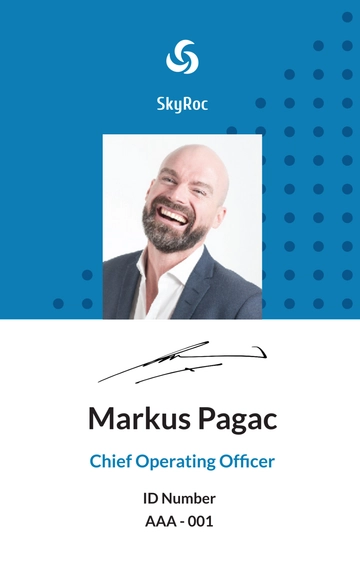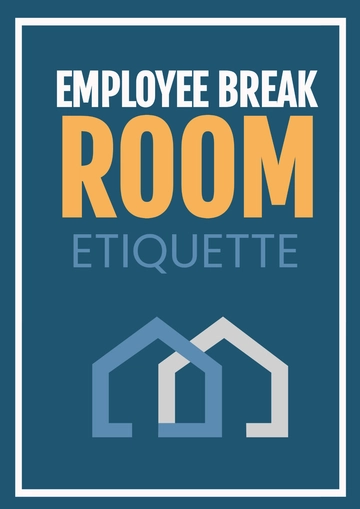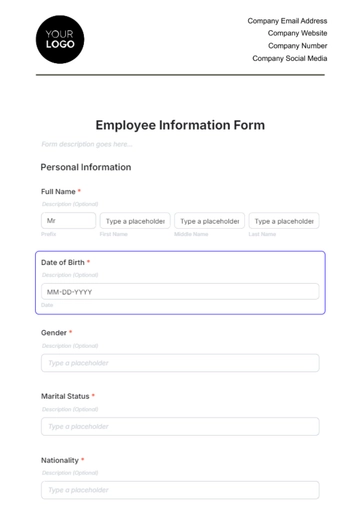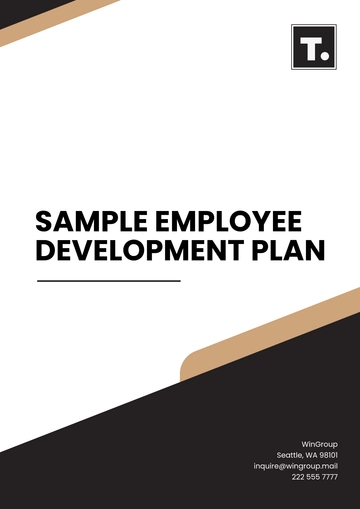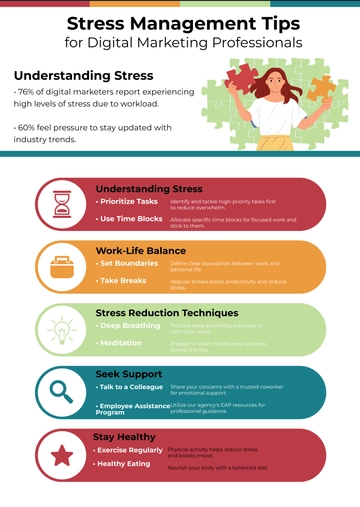Free Car Wash Employee Dress Code Policy Sample

1. Purpose
The purpose of this Car Wash Employee Dress Code Policy is to establish clear and comprehensive guidelines for the appropriate dress and personal appearance of employees at [Your Company Name]. Our dress code is designed to:
Promote Professionalism: Ensure that employees present a professional and uniform appearance that aligns with [Your Company Name]'s values.
Ensure Safety: Provide guidelines to prevent safety hazards and maintain a safe working environment.
Enhance Customer Experience: Create a positive impression for customers through clean, neat, and appropriate attire.
Support Company Brand: Reflect the company’s brand identity and commitment to quality service.
By adhering to these guidelines, employees will help uphold the high standards of service and operational excellence that are central to our business.
2. Scope
This policy applies to all employees of [Your Company Name], including:
Front-line Staff: Car wash attendants, customer service representatives, and any other employees interacting directly with customers.
Back-end Staff: Technicians, maintenance personnel, and any other employees working behind the scenes.
Management: Supervisors, team leads, and managers at all car wash locations.
The dress code must be followed during all working hours, including during breaks and any company-sponsored events.
3. Policy Statement
At [Your Company Name], we are dedicated to maintaining a professional appearance that reflects our commitment to high standards. This policy outlines our expectations for employee dress code and personal appearance. All employees are expected to:
Present a Neat Appearance: Employees should always look clean, tidy, and ready to work.
Wear the Appropriate Uniform: The designated uniform must be worn during all work shifts.
Follow Grooming Standards: Personal grooming must be kept to a professional standard, ensuring that all employees appear presentable and adhere to safety protocols.
4. General Guidelines
4.1 Cleanliness and Hygiene
Clothing: All clothing worn to work should be clean and free of any stains, rips, or tears. Employees are expected to launder their uniforms regularly to maintain a professional appearance.
Personal Hygiene: Regular personal grooming is required, including daily showers, the use of deodorant, and the maintenance of clean, well-trimmed nails.
Examples of Acceptable Attire:
A clean [Your Company Name]-issued shirt with no visible stains or tears.
Neatly ironed khaki or black pants or shorts that are in good condition.
Examples of Unacceptable Attire:
Shirts with visible stains or excessive wrinkles.
Pants or shorts with rips or frays.
Visible body odor or unkempt appearance.
4.2 Uniform Compliance
Proper Fit: Uniforms should fit well and be worn as intended. They should not be too tight or too loose.
Tucked Shirts: Shirts should be worn tucked in unless management specifies otherwise.
Visibility of Uniform: All employees must wear the complete uniform including the shirt, pants/shorts, and appropriate footwear during work hours.
Examples of Uniform Compliance:
Shirts tucked in and neatly buttoned.
Pants and shorts in good condition with no visible wear or tear.
Examples of Uniform Non-Compliance:
Shirts untucked or not properly buttoned.
Worn-out or damaged pants or shorts.
4.3 Safety Compliance
Footwear: Employees must wear closed-toe shoes with non-slip soles to avoid accidents. Safety shoes are highly recommended.
Protective Gear: Any required safety gear, such as gloves or aprons, must be worn as directed by management.
Examples of Safety Compliance:
Wearing non-slip, closed-toe shoes.
Using gloves when handling cleaning chemicals.
Examples of Safety Non-Compliance:
Wearing open-toe sandals or flip-flops.
Not using gloves or other protective equipment as required.
5. Uniform Requirements
5.1 Uniform Components
All employees are provided with a uniform that must be worn during all work shifts. The components of the uniform include:
Shirts: [Your Company Name]-issued shirts must be worn. Shirts should be kept clean and free from damage.
Pants/Shorts: Employees must wear khaki or black pants or shorts. Pants must be full-length and shorts must be knee-length.
Footwear: Closed-toe, non-slip shoes are mandatory. Footwear should be in good condition and provide adequate support for daily tasks.
Outerwear: Branded [Your Company Name] jackets, vests, or sweaters may be worn during cooler weather. Outerwear should be clean, well-maintained, and appropriately fit the uniform guidelines.
5.2 Replacement and Maintenance
Uniform Replacement: Employees are given [number] uniform shirts and [number] uniform pants per year. If additional replacements are needed, they may be requested through management.
Uniform Maintenance: Employees are responsible for keeping their uniforms clean and in good repair. Any uniform issues must be reported to a supervisor for repair or replacement.
Examples of Uniform Maintenance:
Reporting a torn shirt for a replacement.
Cleaning uniform pants regularly to prevent stains.
Examples of Uniform Replacement Requests:
Requesting a new shirt if the current one is worn out.
Asking for replacement pants if they are damaged.
6. Personal Appearance Standards
6.1 Hair and Facial Hair
Hair: Employees must keep their hair clean, styled, and out of their face. Long hair should be secured in a ponytail or bun for safety.
Facial Hair: Facial hair must be neatly groomed. Beards, mustaches, and sideburns should not be excessive or interfere with safety equipment.
Examples of Hair and Facial Hair Standards:
Hair tied back in a neat ponytail or bun.
Neatly trimmed beard and mustache.
Examples of Unacceptable Hair and Facial Hair:
Hair left unkempt or covering the face.
Untrimmed or bushy facial hair.
6.2 Tattoos and Piercings
Tattoos: Visible tattoos must be free from offensive or inappropriate content. Employees may be required to cover tattoos if they are deemed unprofessional.
Piercings: Minimal and unobtrusive jewelry is acceptable. Large or dangling earrings and facial piercings should be avoided for safety reasons.
Examples of Tattoos and Piercings Standards:
Tattoos that are covered or do not include offensive imagery.
Small stud earrings or discreet facial piercings.
Examples of Unacceptable Tattoos and Piercings:
Tattoos with offensive or inappropriate images.
Large or excessive facial piercings.
6.3 Personal Hygiene
Body Odor: Employees must use deodorant and practice good personal hygiene.
Nails: Nails should be clean, trimmed, and free of polish. Long or decorated nails are not allowed.
Examples of Personal Hygiene Standards:
Using deodorant daily.
Keeping nails trimmed and clean.
Examples of Unacceptable Personal Hygiene:
Noticeable body odor.
Long or overly decorated nails.
7. Special Attire Requirements
7.1 During Special Events
Special attire may be required for events such as promotional activities or company functions. Employees will be informed of these requirements in advance.
Examples of Special Event Attire:
Wearing [Your Company Name] event shirts or special uniforms.
Dressing in business casual for a company-wide meeting.
7.2 Seasonal Changes
Seasonal attire adjustments will be communicated to employees. These changes may include modifications for summer heat or winter cold.
Examples of Seasonal Attire Adjustments:
Providing lighter uniforms for summer.
Offering additional layers for winter conditions.
8. Non-Compliance Consequences
Failure to adhere to the dress code policy may result in disciplinary actions as follows:
Verbal Warning: Issued for minor, first-time violations.
Written Warning: Issued for repeated or more serious violations.
Suspension: Temporary removal from the workplace for continued non-compliance.
Termination: Considered for severe or repeated violations of the dress code policy.
Examples of Disciplinary Actions:
A verbal warning for wearing the wrong uniform.
A written warning for consistently missing uniform components.
Suspension for repeated dress code violations.
Examples of Severe Violations:
Showing up to work without any uniform.
Repeatedly ignoring safety gear requirements.
9. Procedure for Reporting Dress Code Issues
Issues related to dress code violations can be reported by employees or customers using the following methods:
In Person: Speak directly with a manager or supervisor to address the issue.
Via Email: Send a detailed email to [Your Company Email].
By Phone: Call [Your Company Phone Number] and request to speak to a manager.
Examples of Reporting Dress Code Issues:
Notifying a manager about an employee’s non-compliance.
Sending an email with details of observed dress code violations.
10. Review and Revisions
This policy will be reviewed annually to ensure it remains current and effective. Updates and changes will be communicated to employees through official channels.
Examples of Review and Revision Procedures:
Annual policy review meetings.
Official communications to employees about any updates.
11. Acknowledgment
All employees must sign the acknowledgment form to confirm that they have read, understood, and agree to comply with the dress code policy.
Employee Acknowledgment Form
I acknowledge that I have received and read the [Your Company Name] Car Wash Employee Dress Code Policy. I understand the expectations regarding dress code and personal appearance and agree to abide by the guidelines outlined in this policy.

[Your Name]
[Month Day, Year]
For any questions or clarifications regarding this policy, please contact [Your Company Name] Human Resources at [Your Company Email] or [Your Company Number].
- 100% Customizable, free editor
- Access 1 Million+ Templates, photo’s & graphics
- Download or share as a template
- Click and replace photos, graphics, text, backgrounds
- Resize, crop, AI write & more
- Access advanced editor
Maintain a professional appearance with the Car Wash Employee Dress Code Policy Sample Template from Template.net. This fully customizable and editable template is perfect for setting clear dress code guidelines for your employees. Easily editable in our Ai Editor Tool, you can tailor it to your specific needs, ensuring a comprehensive and professional dress code policy.
You may also like
- Employee Letter
- Employee ID Card
- Employee Checklist
- Employee Certificate
- Employee Report
- Employee Training Checklist
- Employee Agreement
- Employee Contract
- Employee Training Plan
- Employee Incident Report
- Employee Survey
- Employee of the Month Certificate
- Employee Development Plan
- Employee Action Plan
- Employee Roadmap
- Employee Poster
- Employee Form
- Employee Engagement Survey


